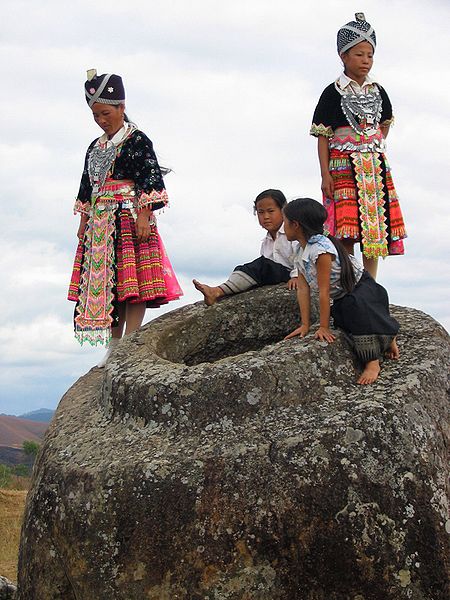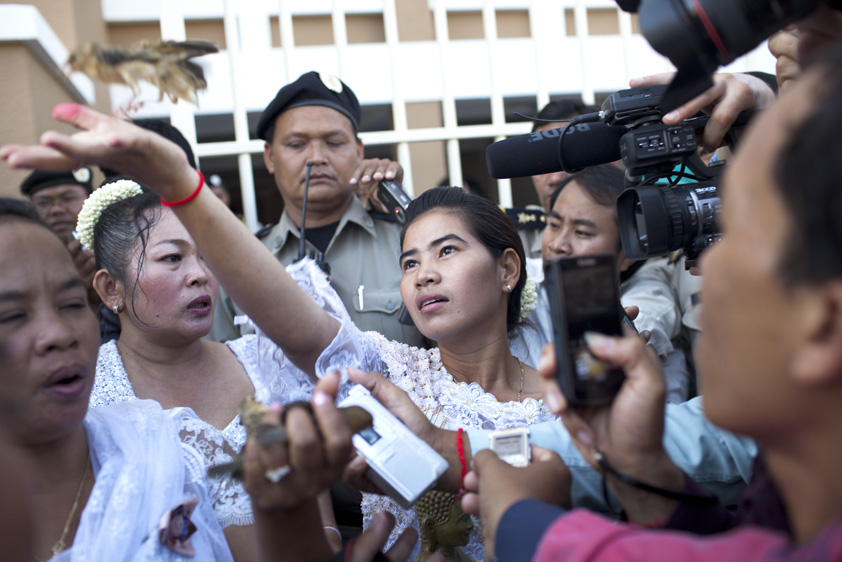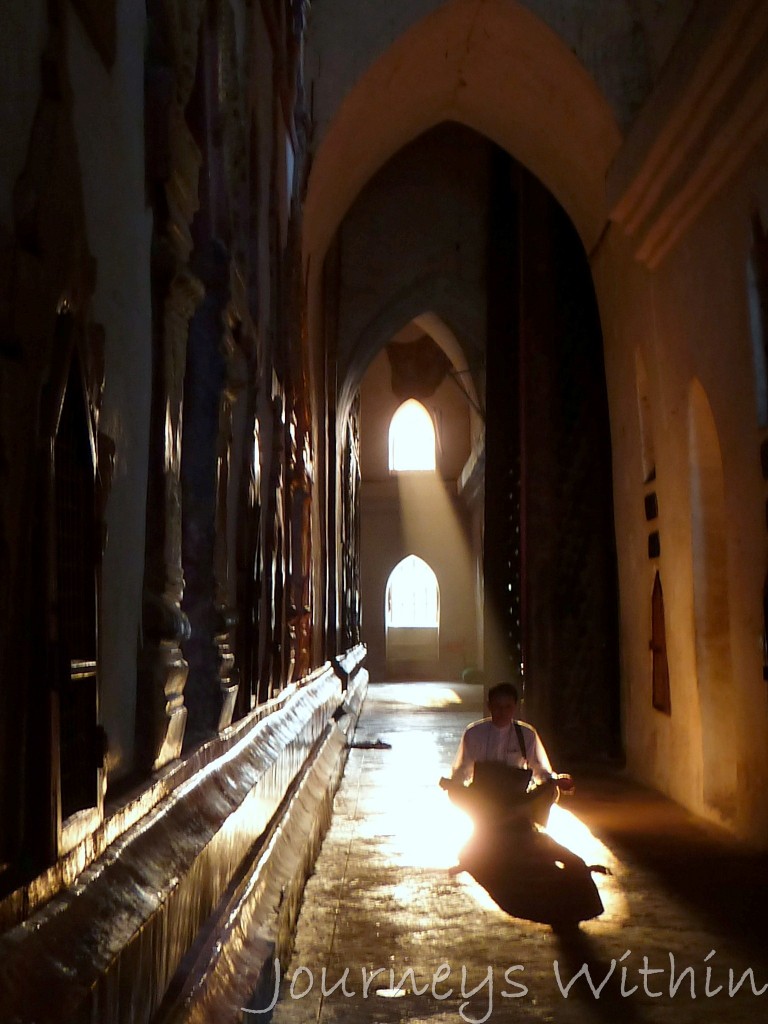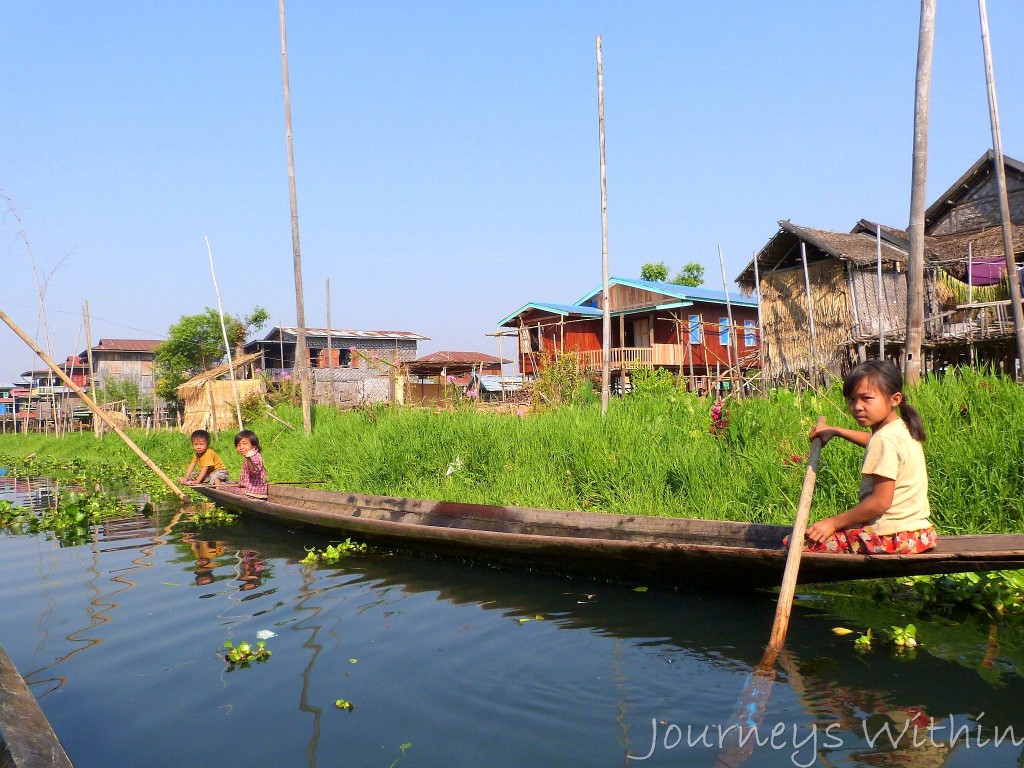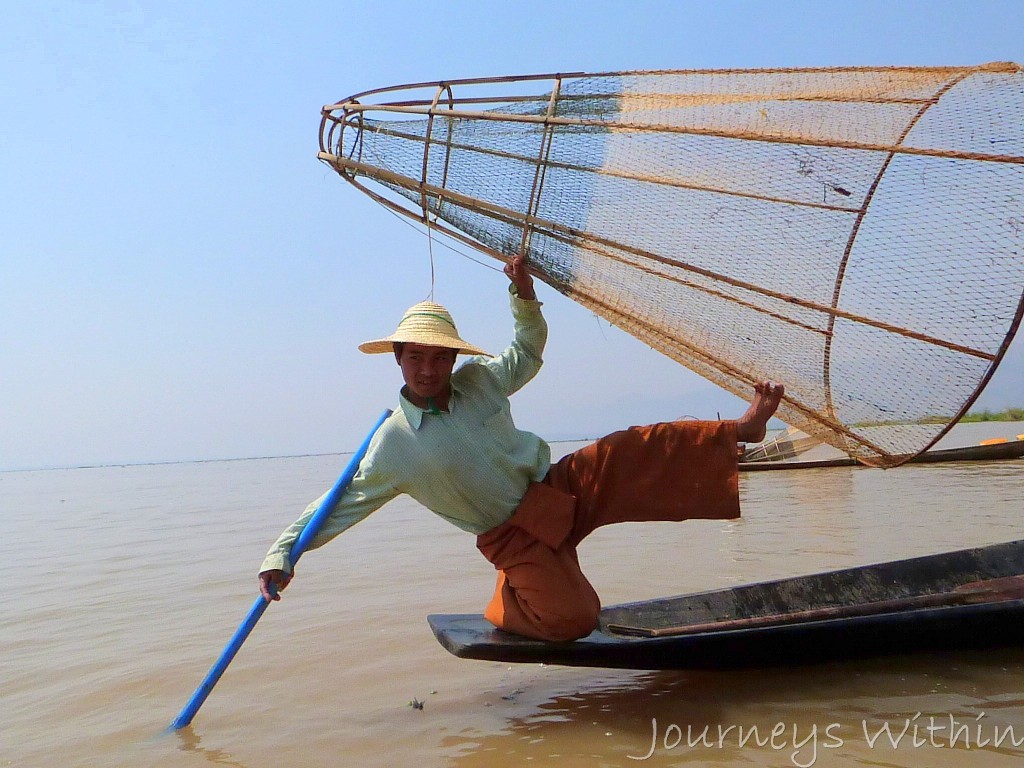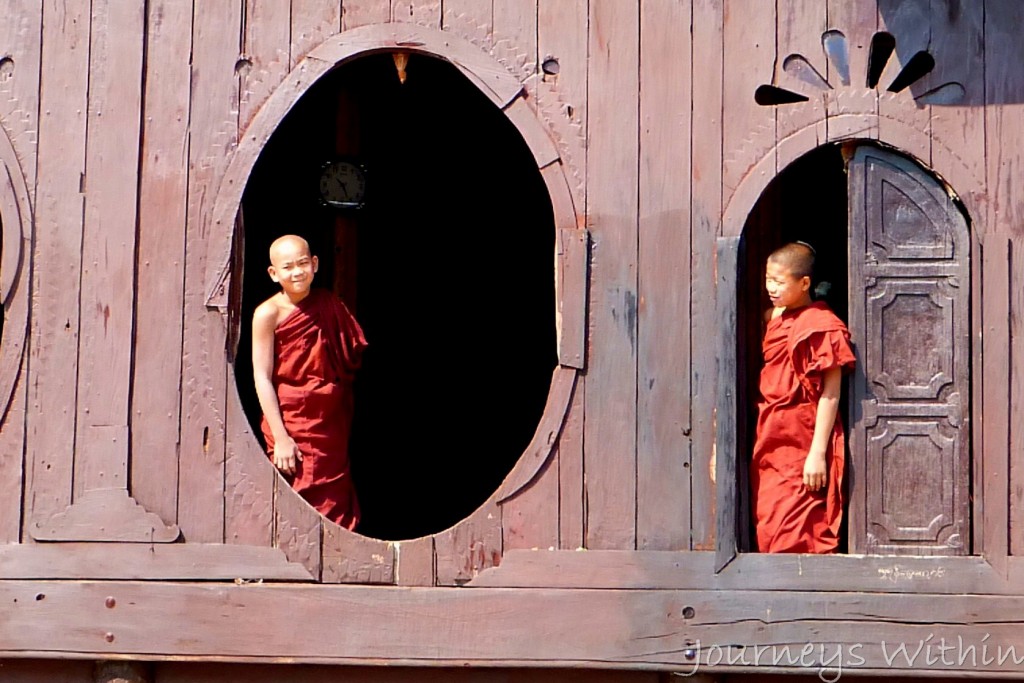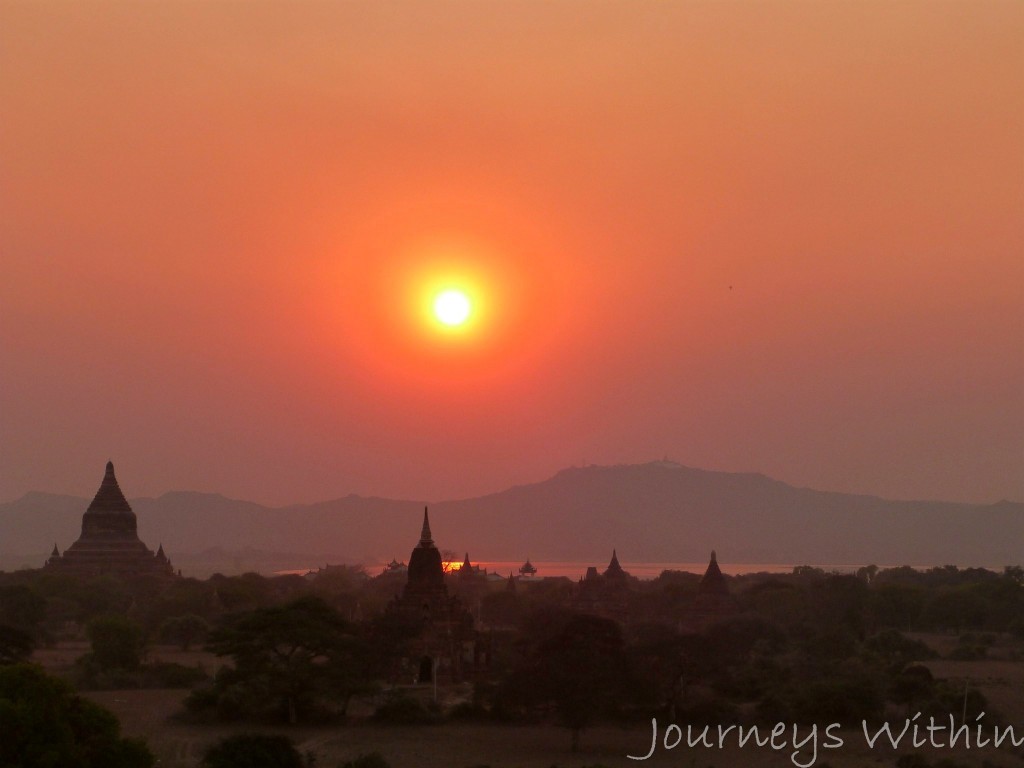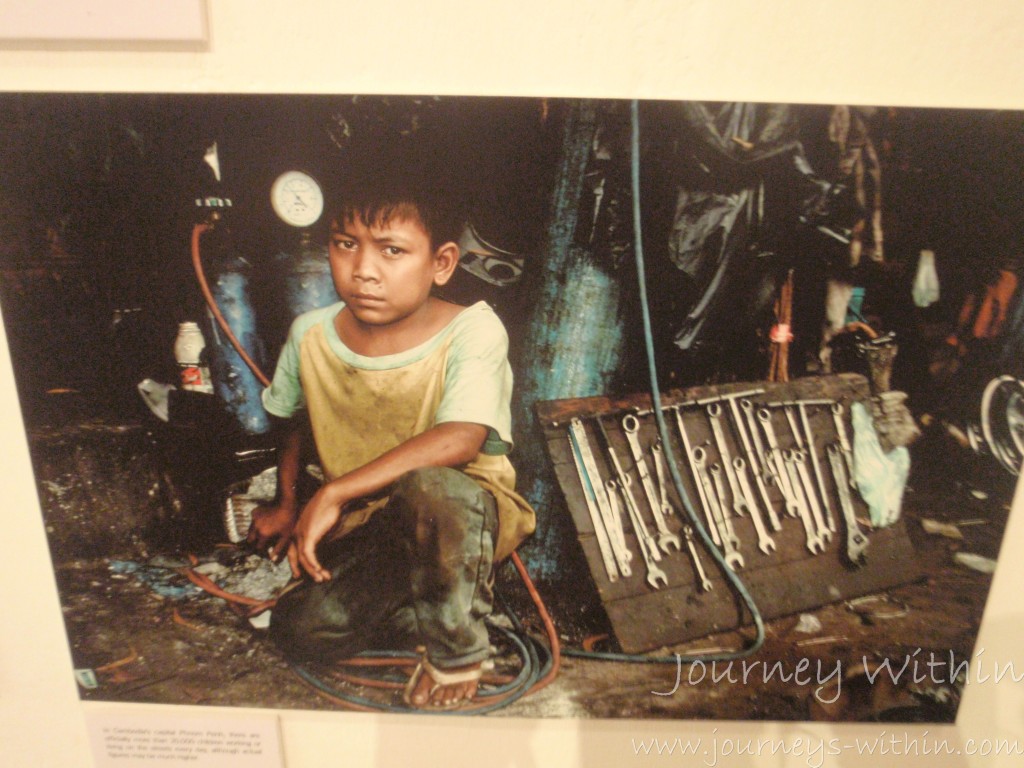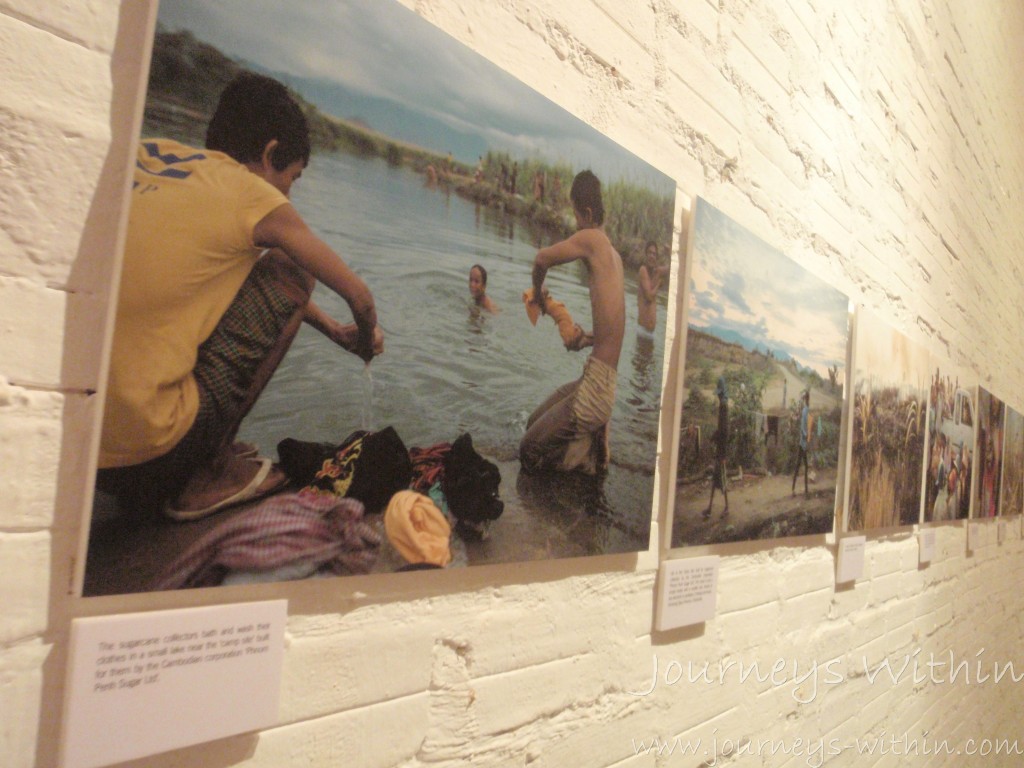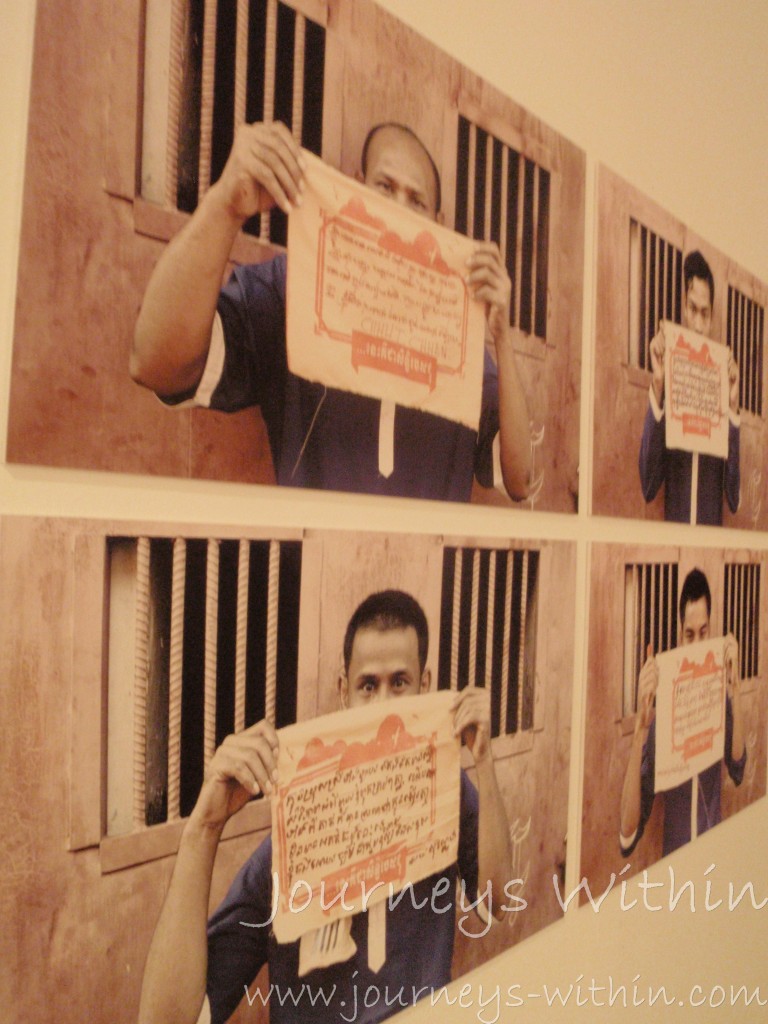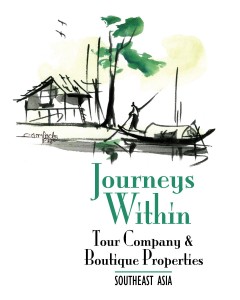With experienced and knowledgeable guides, Journeys Within can help you explore one of the world’s largest archeological mysteries…
More than 80 years ago, french archaeologist Madeleine Colani headed to the Xieng Khouang plateau in search of answers one of Laos’ great wonders. Braving the Southeast Asian rains and a considerable risk of dengue fever — many of her camp fell ill — Colani had her sights set on revealing the secrets long-held within the Plain of Jars.
She documented the man-made wonder, which features more than 1,900 stone jars littered around the hilltops of the Xieng Khouang province. While some sites have clusters of just a few of the artifacts, others are home to hundreds of the moss-covered archeological anomalies. Who created them and for what purpose remains, for the most part, a mystery.
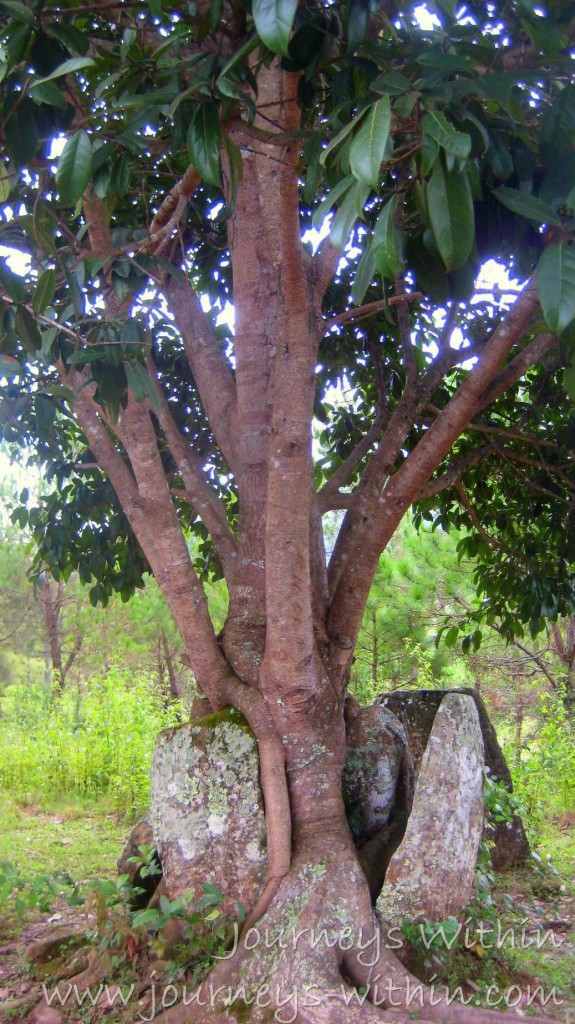
Local legends have developed about the jars original use — some saying they stored water along a once well-worn travel path, while other legends have the jars used to make celebratory rice wine after a good Kings great victory.
In her two-volume, 600-page work called The Megaliths of Upper Laos, Colani cataloged and described the artifacts, eventually concluding, rather convincingly, that they were urns of sorts, used to hold cremated remains. Archeologists since have supported her findings.
And yet, decades after Colani’s volume was published, very little is known about who is responsible for their creation.
Chipped and slowly being overtaken by the elements, the sandstone jars vary in shape and size, ranging anywhere from one metres to three metres in height. They are undecorated, with the exception of a single jar at Site 1. Called the Frogman, the jar is carved with a bas-relief depicting large full-frontal humans with their arms raised and knees bent — a significant feature since similar rock paintings in China date back to somewhere between 500 BC and 200 AD.
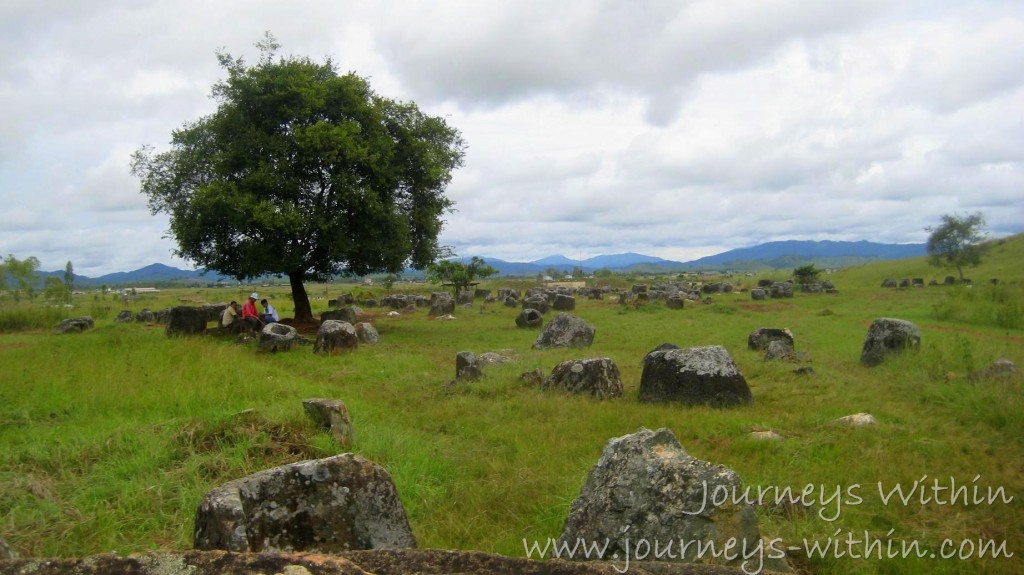
Learning the secrets of the awe inspiring relics hasn’t been an easy. Since Colani’s time, Laos has been ravaged by war. In an attempt to stave off the Vietnamese, the United States carpet bombed much of the quiet Southeast Asian country.
Almost as mysterious as their appearance itself is how the Plain of Jars has remained relatively in tact despite being located in one of the most heavily bombed areas in the world.
As a result of the carpet bombing the area is still riddled with UXOs (unexploded ordinance); as a result only seven sites have been cleared and are currently open to the public.
The removal of UXOs is ongoing; as more sites open to both researchers and the public there is a chance that long-held questions will be answered.
No less enchanting than when Colani made the trek eight decades ago, the Plain of Jars offers a rare opportunity to get lost in a centuries old mystery.


